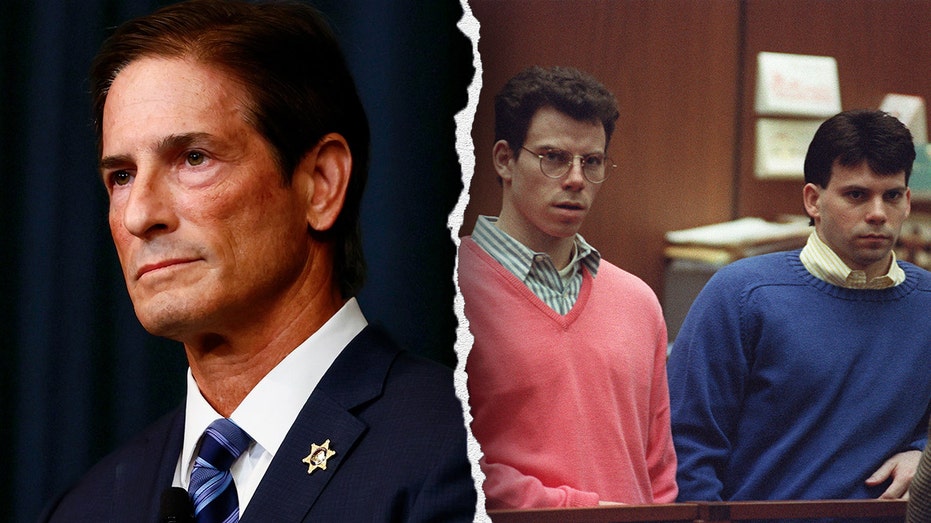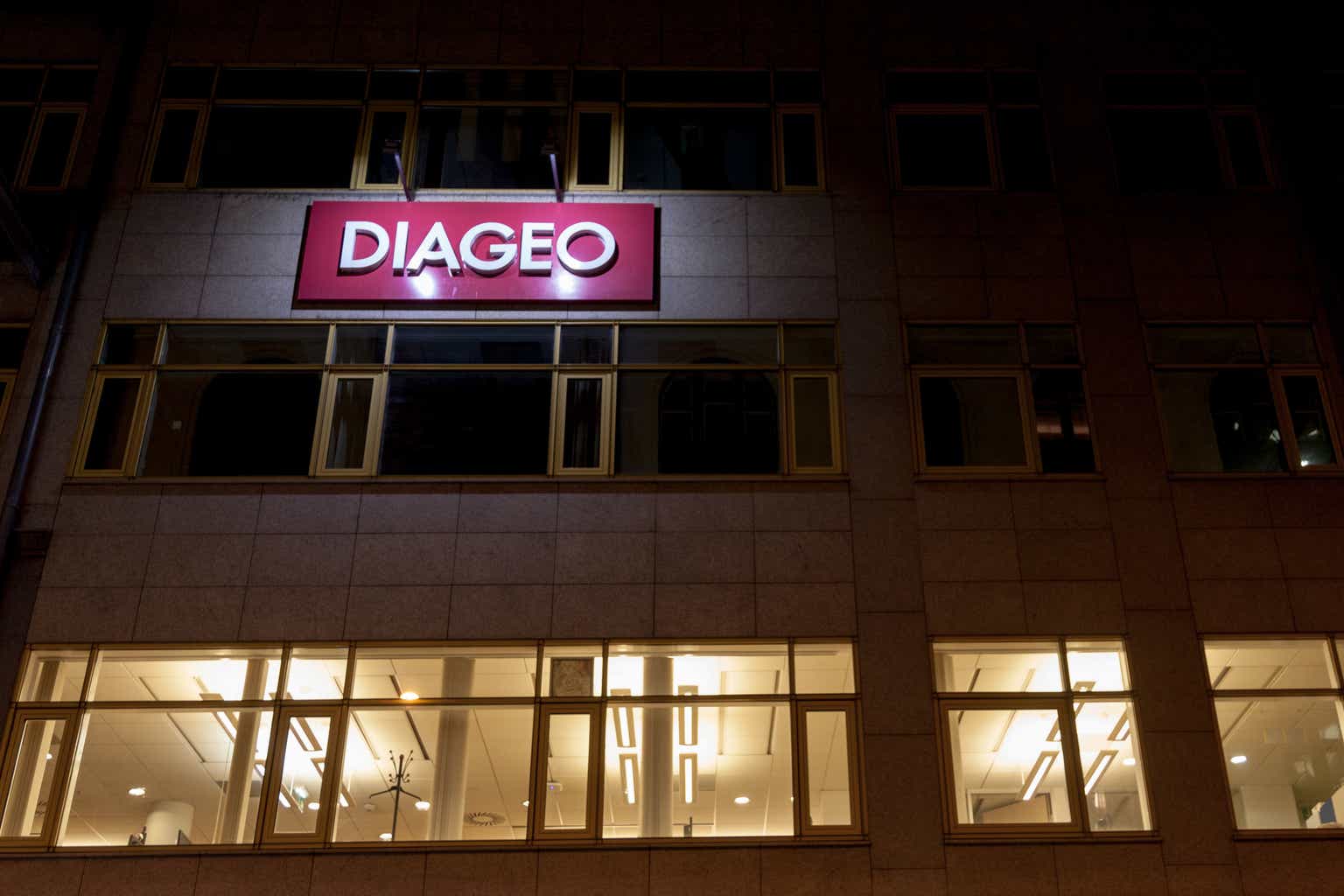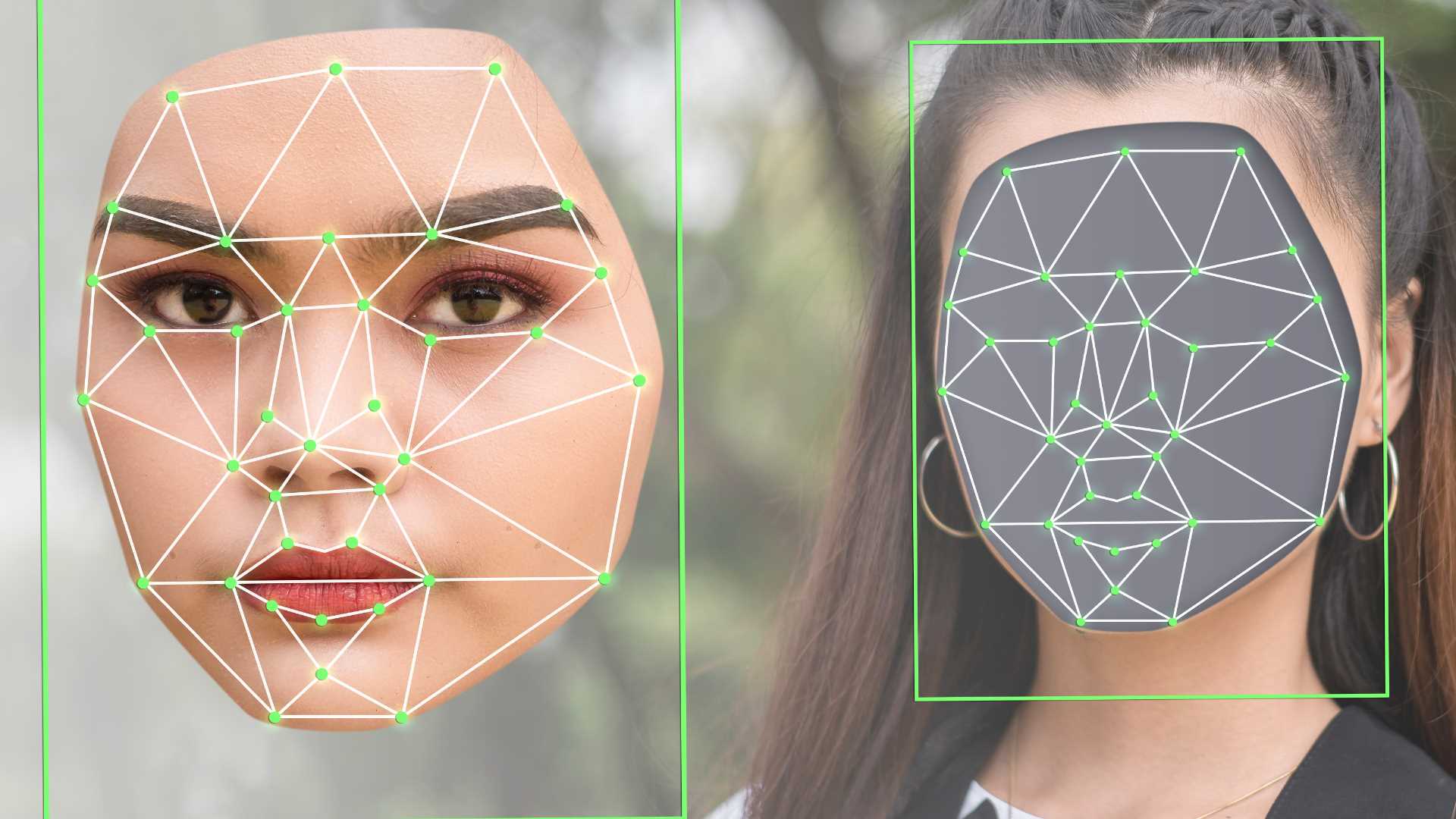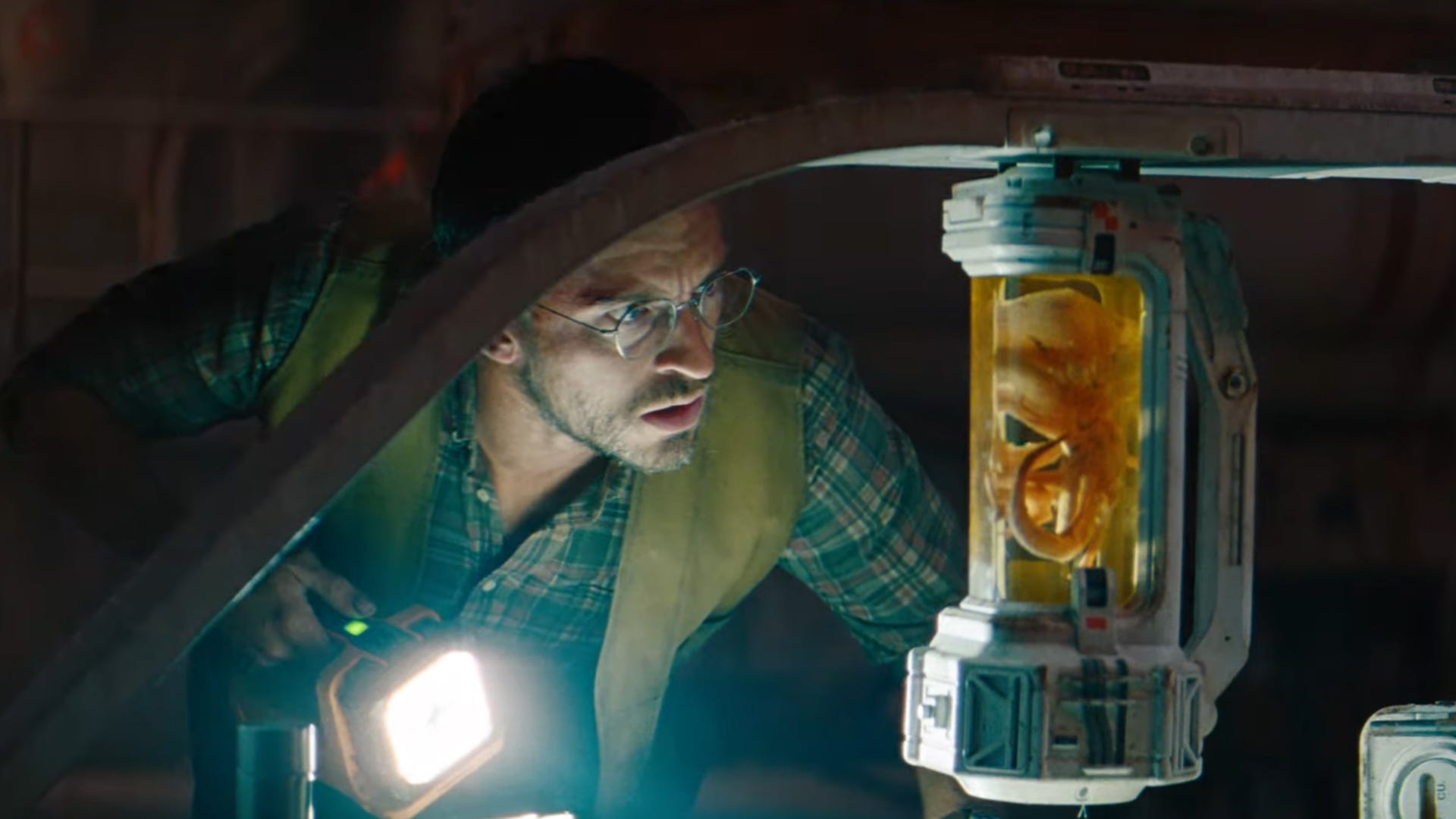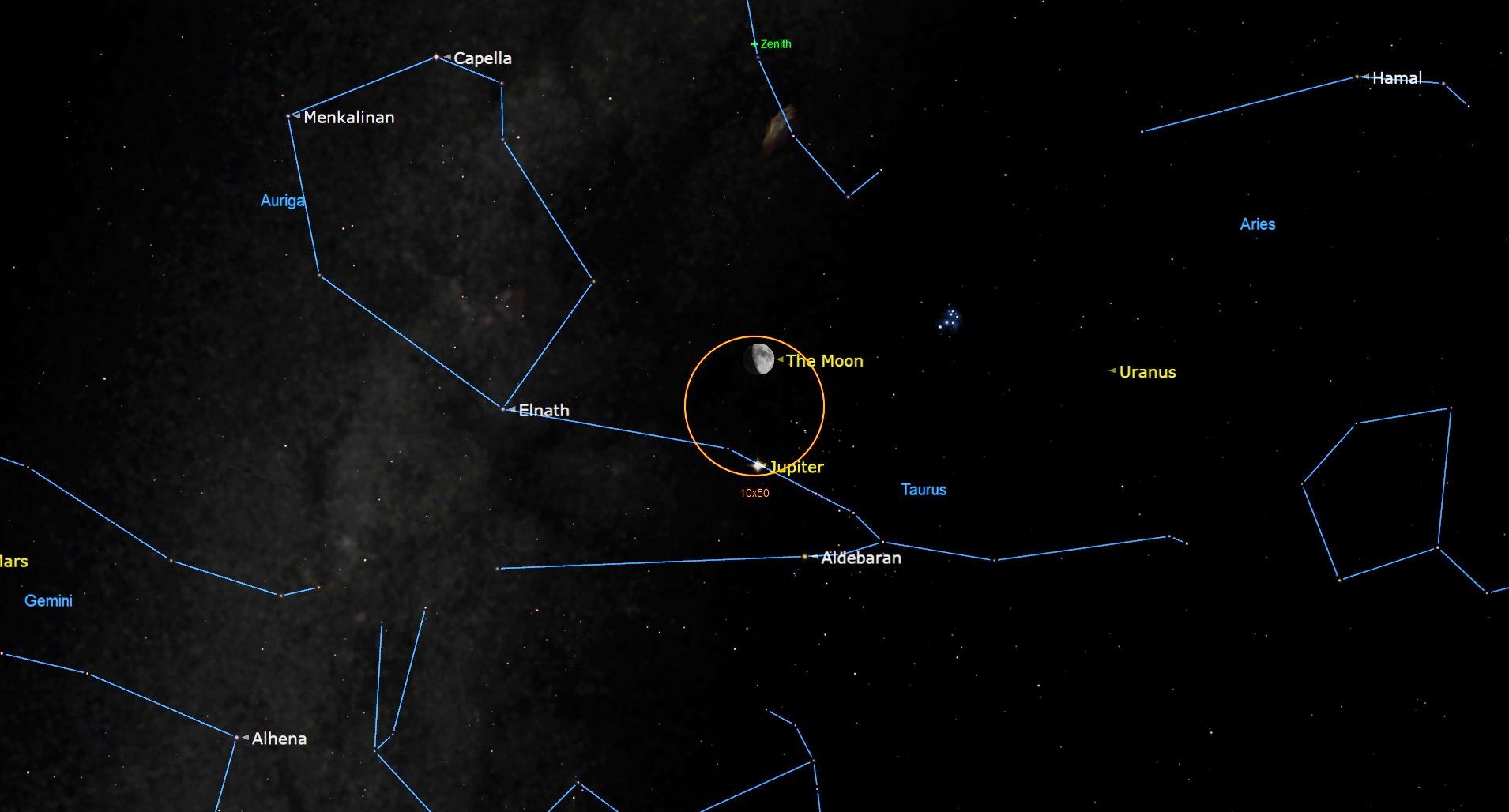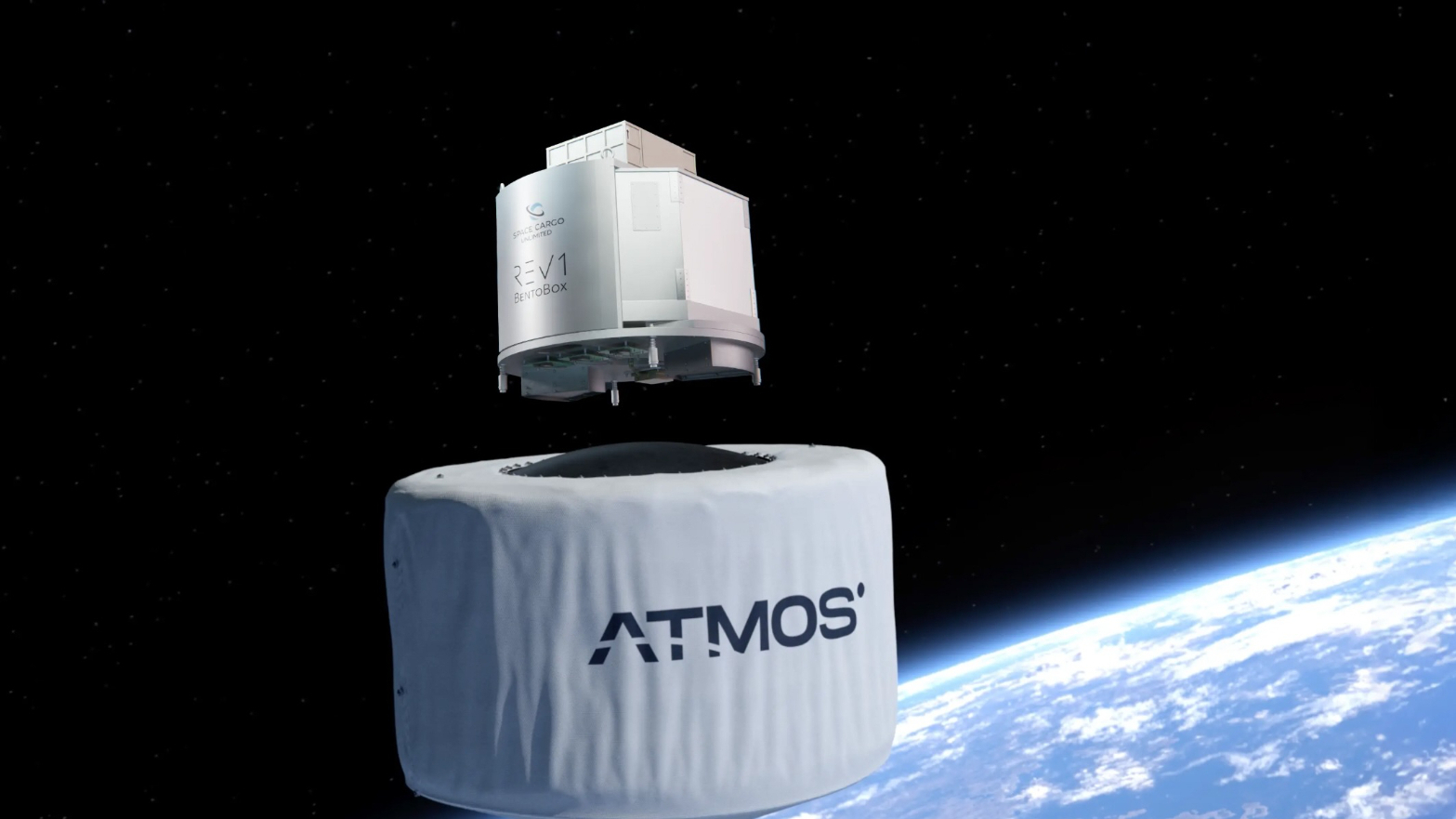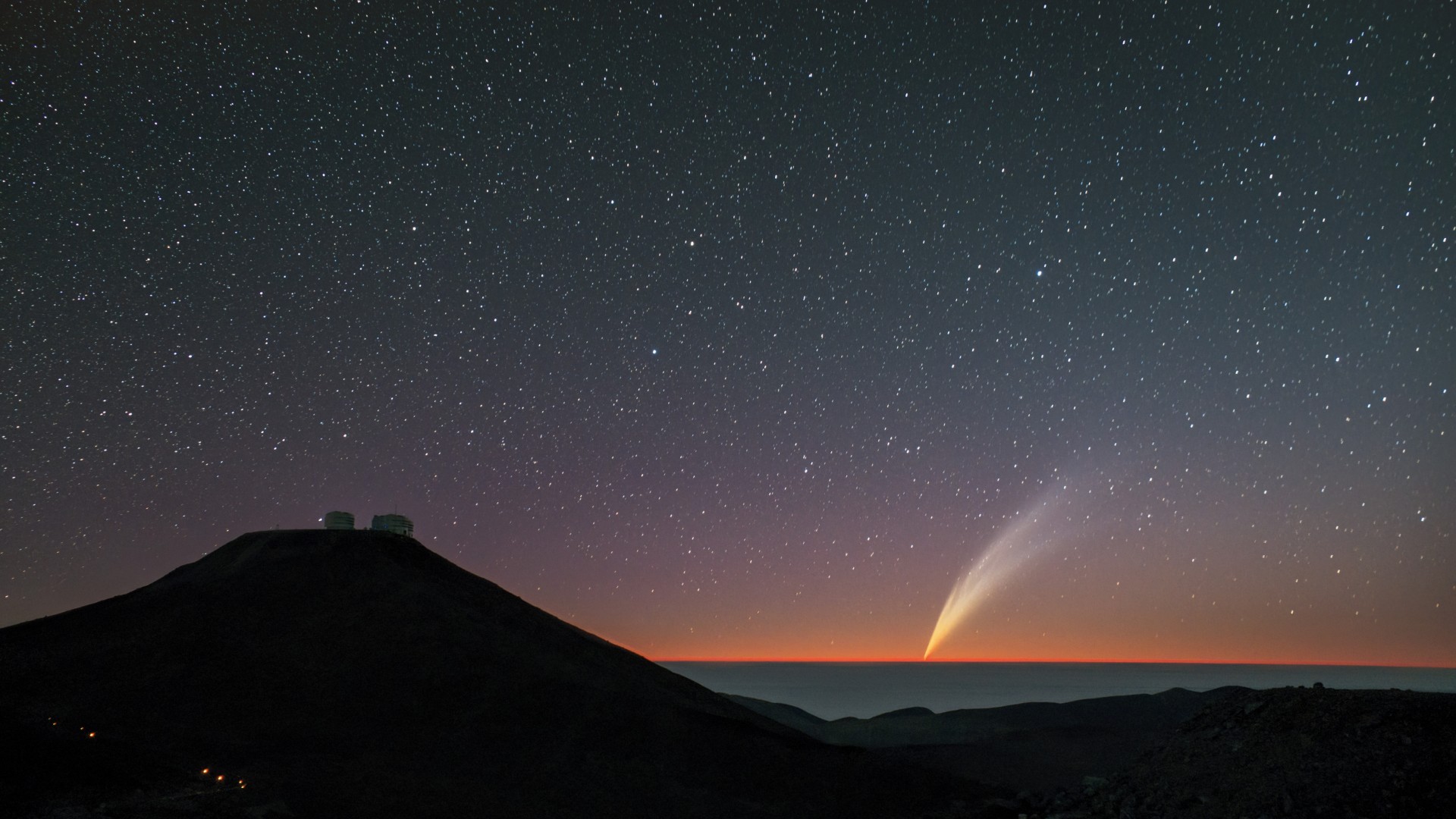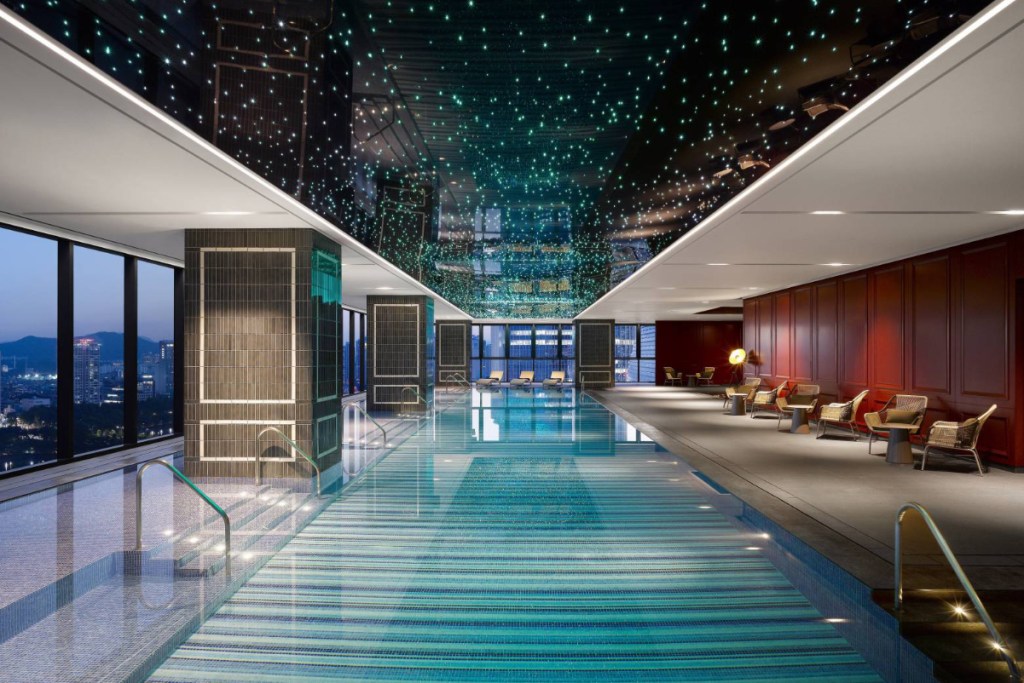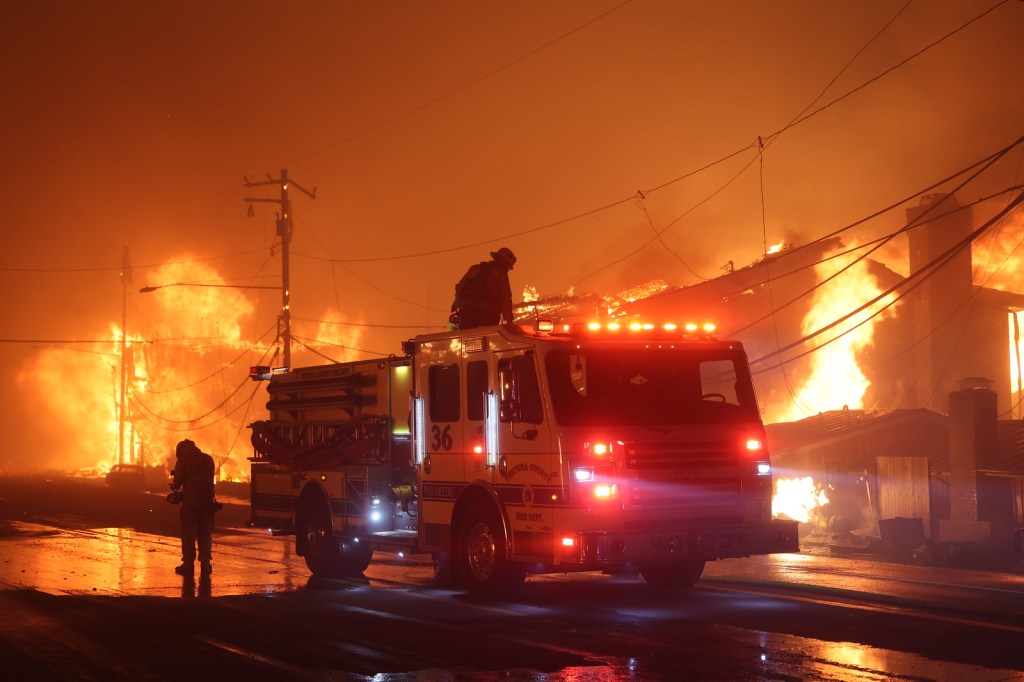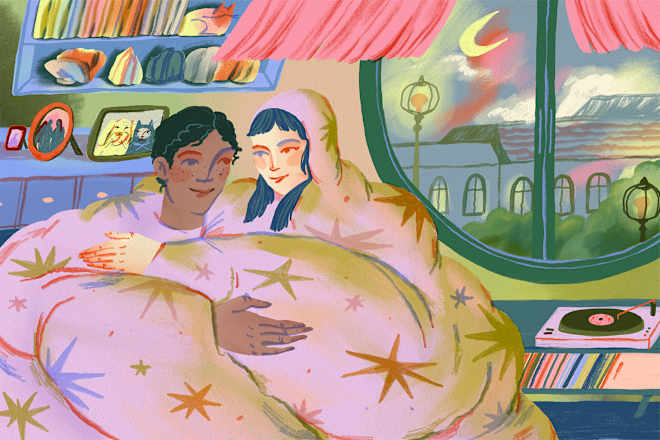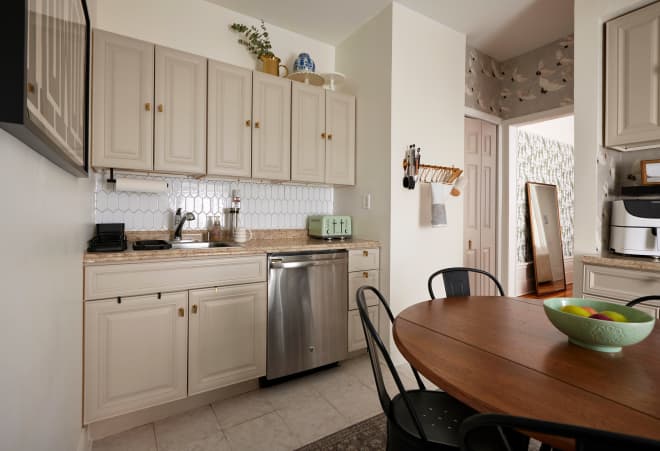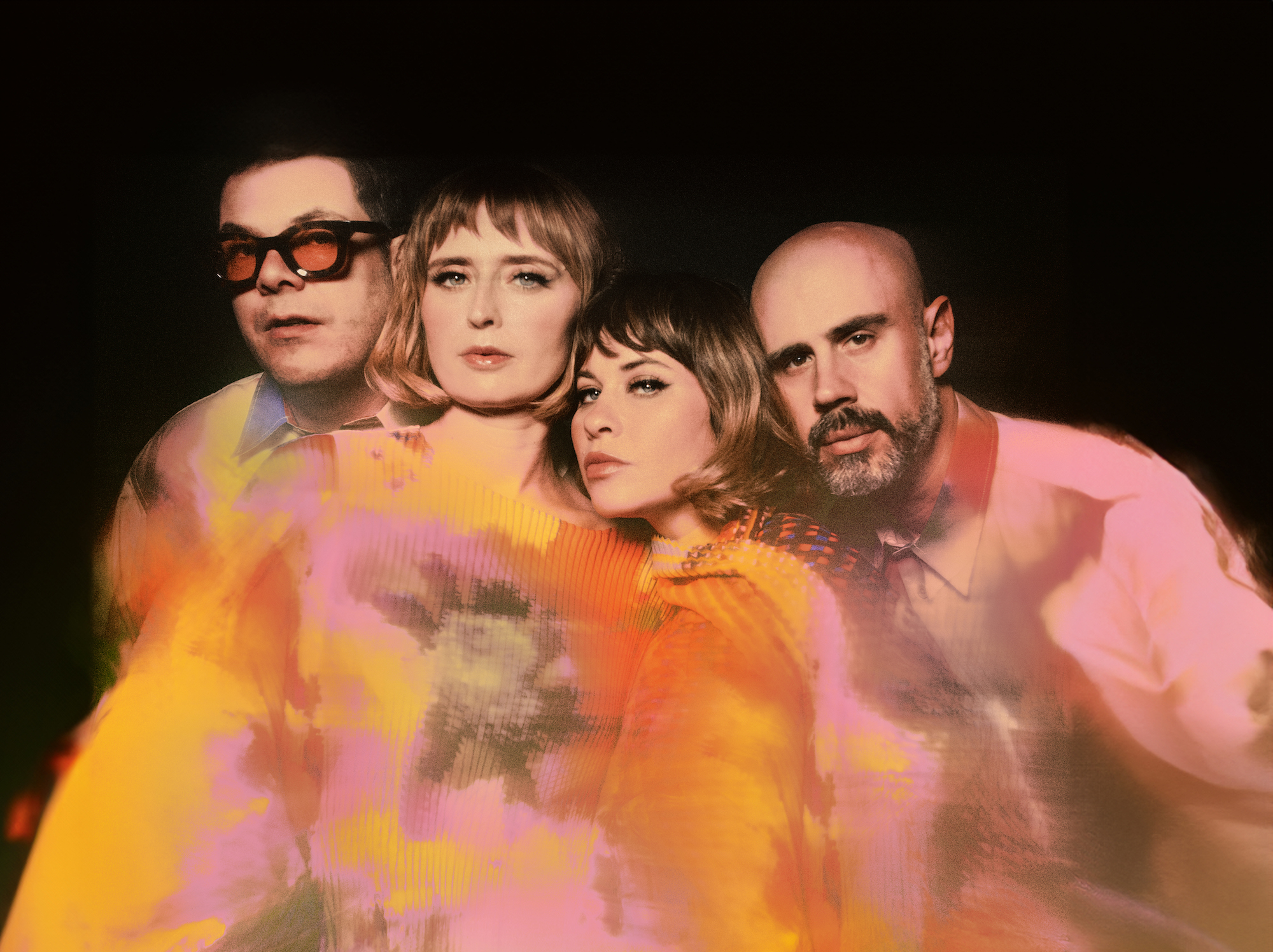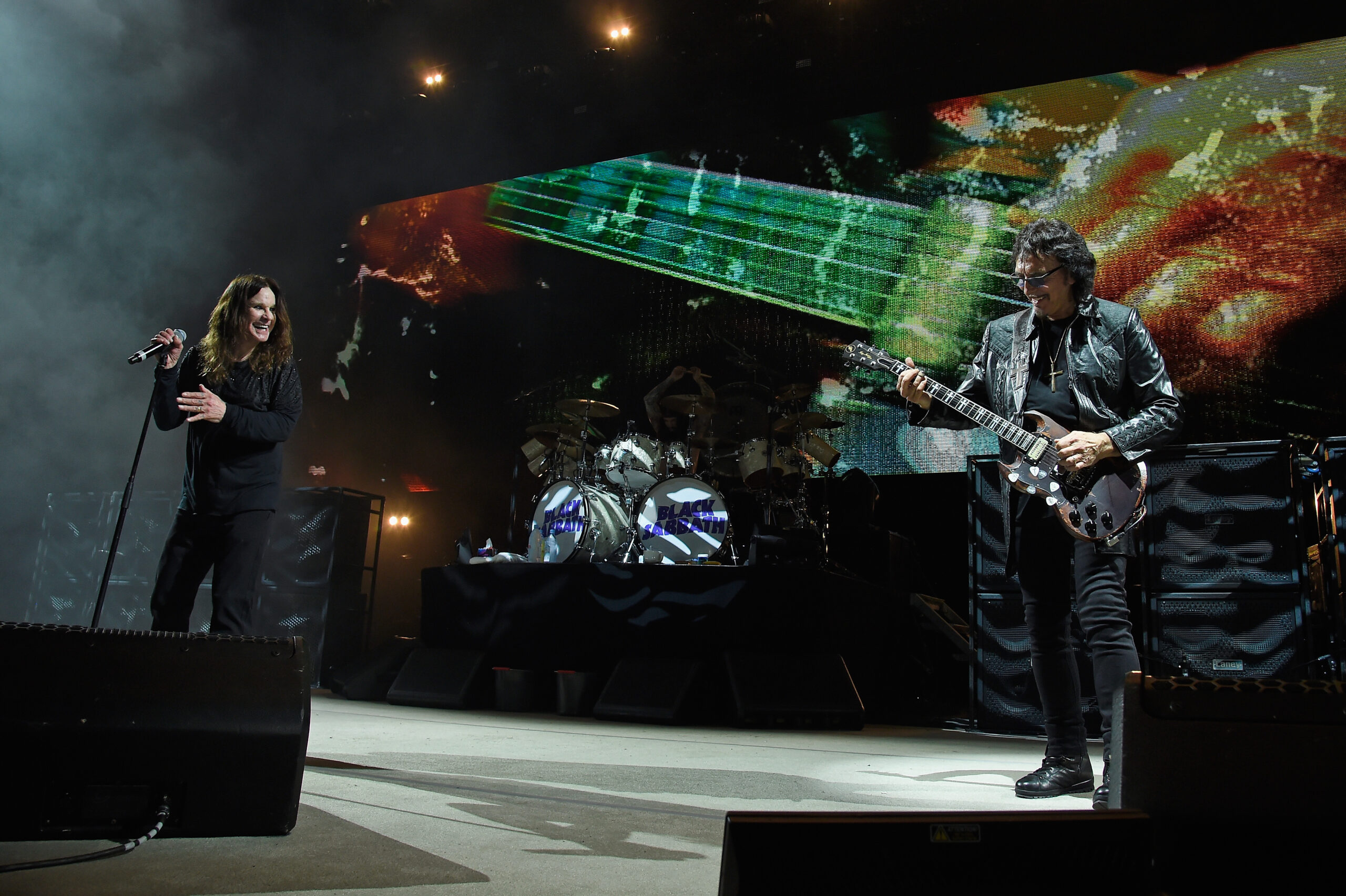Futuro House no. 001 in Espoo, Finland
The saucer-looking "Futuro houses" were designed by Finnish architect Matti Suuronen in the late 1960s and early 70s. The house was designed as an easily transportable skiing lodge for remote locations. At only 22 feet wide, it contains a bedroom, kitchen, and bathroom. The design received a lot of publicity in the international press when it debuted. Despite the widespread interest, Futuro never lived up to its commercial expectations. It was too unusual and expensive for the mass market. The 1973 oil crisis tripled the price of plastic and buried hopes of Futuro's world conquest, and many of them were demolished during the 80s. The yellow Futuro in Espoo has the serial number 001, as it was the first one to be mass-produced. Today, it is one of just 68 Futuros known to be left around the world, most of which are owned by private individuals.

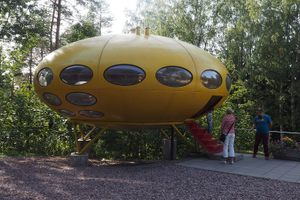
The saucer-looking "Futuro houses" were designed by Finnish architect Matti Suuronen in the late 1960s and early 70s. The house was designed as an easily transportable skiing lodge for remote locations. At only 22 feet wide, it contains a bedroom, kitchen, and bathroom.
The design received a lot of publicity in the international press when it debuted. Despite the widespread interest, Futuro never lived up to its commercial expectations. It was too unusual and expensive for the mass market. The 1973 oil crisis tripled the price of plastic and buried hopes of Futuro's world conquest, and many of them were demolished during the 80s.
The yellow Futuro in Espoo has the serial number 001, as it was the first one to be mass-produced. Today, it is one of just 68 Futuros known to be left around the world, most of which are owned by private individuals.

